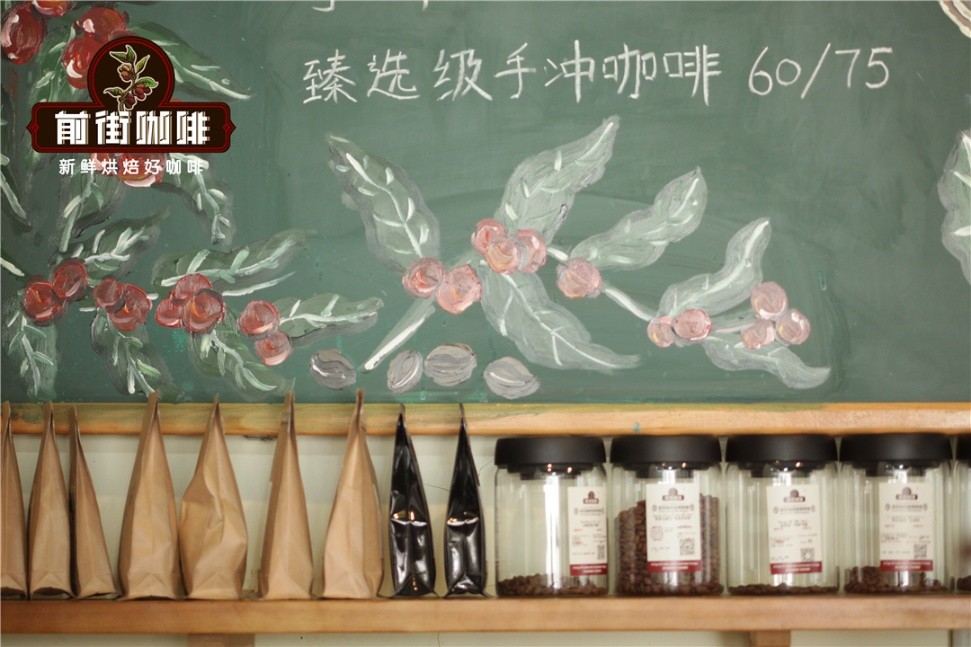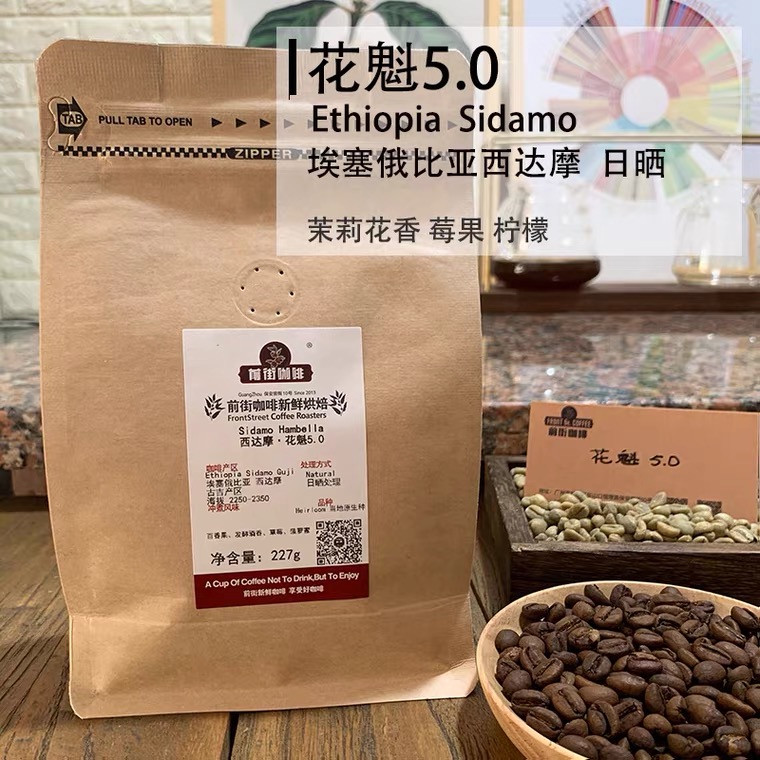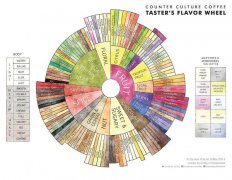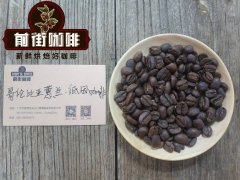Huakui 5.0 Coffee Bean Flavor Taste Description Buku Processing Station DW Company Story
The Buku drying station, managed by DW, is located in the village of Buku, 400km south of Addis Ababa. Built at 2000 meters above sea level, the area is made up of dense vegetation, a mixture of trees, coffee trees and bushes. Enset, commonly known as fake banana, is a typical tree species in southern Ethiopia. Its roots are collected, dried and mashed, and then turned into flour. The nutritional value of Essex has long been recognized by people in southern Ethiopia. In addition, the tree also has the property of keeping water in its trunk. This water can be used to moisten the surrounding soil during the dry season. That's why it makes sense to mix coffee trees and enset.
DW collects high-quality cherries in this fertile environment; cherries are dried at Bucu station to provide this natural Gucci coffee.
Buku is the name of the village and the name of the river that runs through these hills. The green intensity of vegetation is in sharp contrast to the red of volcanic soil.
The area has volcanic soil, rainfall from May to October, and the planting system is semi-forest.

DW Coffee Export has been in the coffee industry for more than 20 years, especially in the Guji region where the manager Demissie Edema comes from. DW is both a producer and an exporter. DW owns farms in the Guji producing area and several washing and drying stations in the Humbera district. They are aware of the potential of coffee produced in the region, and members of DW have devoted their efforts to improving the quality of coffee here. In addition to the coffee harvested on their farm, DW works with small farmers to collect high-quality coffee beans from them to complete these batches. To support these producers, Deutsche Welle provides them with technical assistance and financial support, especially coffee beans that are higher than the market price to maintain the best quality.
To ensure that cherries are well tracked, DW ensures that preparations are made at different sites. They balance the number of coffee beans to achieve uniform drying and the best quality.
The accuracy of the team at different levels of work ensures the quality of these coffees. In recent years, several DW coffees have won prizes in competitions in Ethiopia and across Africa.
Ethiopia Buku Abel is a natural process of Guji breed. The plantation grows in fertile volcanic soil at an altitude of 2000 metric tons. Ethiopia Buku Abel
Origin: Ethiopia
Region: Guji
Producer: DW
Variety: Heirloom
Process: Natural
Altitude: 2000 m
Cup test flavor: strawberry, raspberry, BlackBerry, milk chocolate
In front of the street, there is also a Sakuran from Sidamo, Ethiopia. The front street is medium-light baked, and this coffee bean has obvious lemon and berry flavors and a hint of jasmine.

Next, let me give you a brief introduction to the coffee producing area of Sidamo. Sidamo is located in the south of Ethiopia, and coffee is grown in the south of the Great Hunt Valley in East Africa. Because of different soil composition, regional microclimate and countless native coffee varieties, the coffee produced in each region has obvious differences and characteristics. The sun-tanned coffee bean from Humbera's bukuabel won the championship of the tanning group in Ethiopia in 2017, when it was named Sakuran. Humbela production Group is located in Guji. At present, Humbela has nearly 20 processing plants. Among all the manors and processing plants, only coffee from the goro Mountain Spring treatment Plant above sea level with a red fructose content of more than 21 can be exposed to the sun.
Important Notice :
前街咖啡 FrontStreet Coffee has moved to new addredd:
FrontStreet Coffee Address: 315,Donghua East Road,GuangZhou
Tel:020 38364473
- Prev

What is the aroma of coffee beans? how to describe the relationship between coffee aroma and flavor acidity?
Basically, the aroma is the taste of coffee. It is the reason for many flavor attributes (sweet, salty, bitter, sour and delicious) that the tongue cannot directly perceive. Due to the improvement of testing equipment, there are more than 800 known fragrances in coffee, and new fragrances are found regularly. The aroma of coffee is also called its aroma or aroma, which is different from the aroma of coffee, in coffee terminology.
- Next

What is decaffeinated coffee? how does it differ from ordinary coffee? the efficacy of decaf beans
Decaf is rare in boutique cafes, whether it's hand-brewed coffee or espresso, and decaf beans are very rare. why? Coffee flavor is the standard by which we measure the quality of coffee beans. Bass coffee will lose some flavor in the process of decaffeination, so it should lower the price, but decaf coffee has another decontamination cost. So the price will increase relatively.
Related
- Detailed explanation of Jadeite planting Land in Panamanian Jadeite Manor introduction to the grading system of Jadeite competitive bidding, Red bid, Green bid and Rose Summer
- Story of Coffee planting in Brenka region of Costa Rica Stonehenge Manor anaerobic heavy honey treatment of flavor mouth
- What's on the barrel of Blue Mountain Coffee beans?
- Can American coffee also pull flowers? How to use hot American style to pull out a good-looking pattern?
- Can you make a cold extract with coffee beans? What is the right proportion for cold-extracted coffee formula?
- Indonesian PWN Gold Mandrine Coffee Origin Features Flavor How to Chong? Mandolin coffee is American.
- A brief introduction to the flavor characteristics of Brazilian yellow bourbon coffee beans
- What is the effect of different water quality on the flavor of cold-extracted coffee? What kind of water is best for brewing coffee?
- Why do you think of Rose Summer whenever you mention Panamanian coffee?
- Introduction to the characteristics of authentic blue mountain coffee bean producing areas? What is the CIB Coffee Authority in Jamaica?

